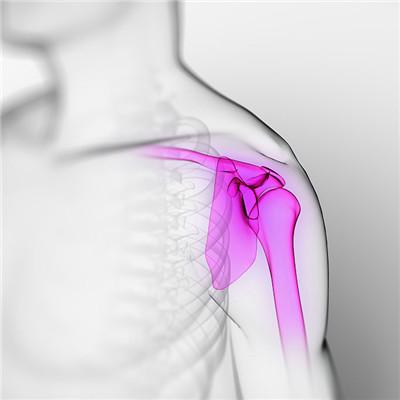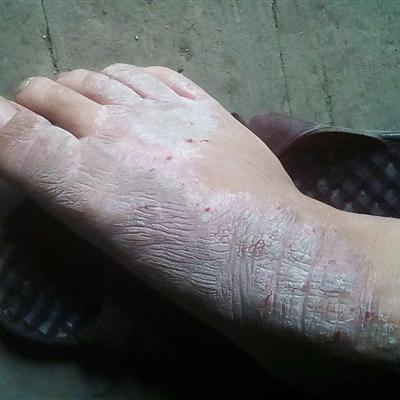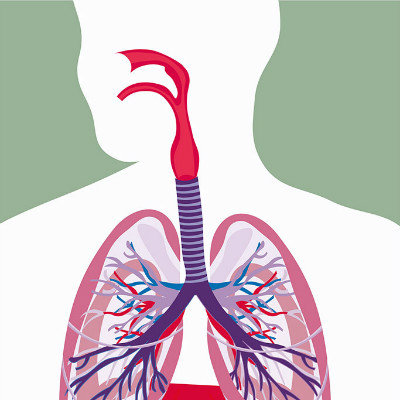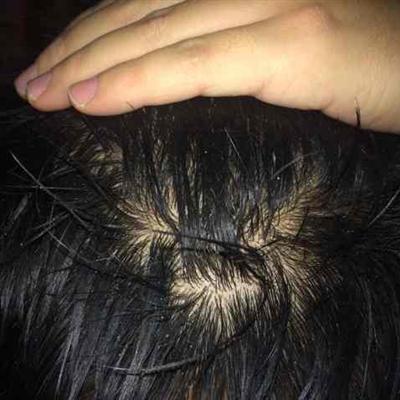Pre aneurysmal symptoms?
summary
Aneurysms are not tumor diseases, so there is no late stage. After the appearance of aneurysms, the greatest risk is that they may rupture. Therefore, it is necessary for us to understand the symptoms of some aneurysms and then treat them. What are the pre aneurysm symptoms? Next, let's take a look at the introduction of the article.
Pre aneurysmal symptoms?
Circulatory disturbance: mural thrombus in the aneurysm cavity can narrow the lumen and reduce the blood flow in the distal segment; Thrombus or atherosclerotic plaque on the inner wall of aneurysms fall off, causing arterial embolism or secondary thrombosis, resulting in circulatory dysfunction of distal tissue. Such as cerebral ischemia can have temporary syncope, tinnitus, visual impairment, and even coma and hemiplegia; Visceral ischemia may cause abdominal pain and bloody stool; Limb ischemia may have numbness, chills, intermittent limp or resting pain.

Local compression symptoms: when the aneurysm gradually increases, it can compress adjacent tissues and organs. If subclavian artery aneurysm can compress brachial plexus, produce upper limb numbness, weakness, paresthesia or paresis. The aneurysms at the root of the common carotid artery can compress the sympathetic ganglion and present Horner sign. Thoracic aortic aneurysm can compress esophagus and trachea, causing dysphagia and respiratory distress. Abdominal aortic aneurysm can sometimes compress the common bile duct and cause jaundice.

Bleeding: in a few cases, aneurysms complicated with rupture and bleeding are the initial symptoms. Sudden rupture of thoracic and abdominal aortic aneurysms causes massive hemorrhage, which is often fatal. If the thoracic aortic aneurysm breaks into the trachea, it can cause massive hemoptysis and asphyxia; A large amount of hematemesis may occur when it breaks into the esophagus. When the abdominal aortic aneurysm breaks into the duodenum, upper gastrointestinal bleeding occurs. Carotid artery aneurysm bleeding, often can cause cerebral ischemia symptoms. The bleeding of aneurysms in extremities can cause acute swelling and distal ischemia of extremities.

matters needing attention
There are differences in the treatment of aneurysms in different parts. The main treatments were operation, endovascular repair and embolization. The principle of operation was aneurysm resection and arterial reconstruction. Reconstruction methods include repair of artery break, inhibition of artery patch and end-to-end anastomosis. Endovascular repair of aneurysms with covered stent is minimally invasive and effective, but the indications must be strictly controlled. For some visceral aneurysms, coil embolization can be used to form thrombus in the aneurysms to avoid further expansion and rupture of the aneurysms.















